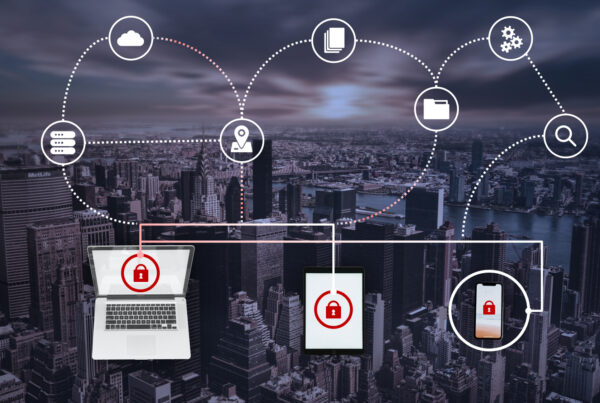
Most people, no matter how technologically challenged, know that having some type of an antivirus software installed and active is a basic requirement to protect your computer from cyber-attacks. However, if you think that you are adequately protected because all the computers in your home or office have antivirus software running, think again!
Here are some of the many limitations of relying ONLY on your antivirus to protect you against cyber-attacks:
- Antivirus software is only capable of protecting the device it is installed on; cyber-criminals are constantly coming up with techniques to attack through other network devices, like your routers, wireless access points, etc.
- The threats an antivirus can detect and prevent is limited to the latest update for the antivirus and for the operating system that is installed. All it takes is one computer with a slightly out-of-date antivirus or operating system for a cyber-criminal to gain access to your data.
Consider the recent world-wide outbreak of the WannaCry ransomware attack in May of 2017. In one day, the WannaCry ransomware was able to spread to over 200,000 computers across the 150 different countries. It essentially shut down the National Health Services in the UK with hospitals and doctors unable to access patient data leading to cancellations of appointments and operations. Delivery company FedEx and pharmaceutical giant Merck were also victims of the attack in the US.
The extent to which this ransomware was able to spread and the damage it was able to do should be surprising since it used a vulnerability in Microsoft Windows for which Microsoft had released a patch in April 2017, a month before the WannaCry attack. The WannaCry attack serves as a stark warning against relying on antivirus software alone to protect you against cyberattacks.
In order to combat modern cyber threats, you need more modern solutions such as endpoint protection. This refers to a set of software applications, hardware tools, and computer usage practices that are designed to serve as multiple barriers to potential attackers. In addition to antivirus software, such solutions use AI-powered monitoring of network activity to detect abnormal patterns, virtual private networks to limit access to network devices, automation and device monitoring to ensure your OS and antivirus are up-to-date, etc. Don’t be lulled into a false sense of security with antivirus software alone.
References







